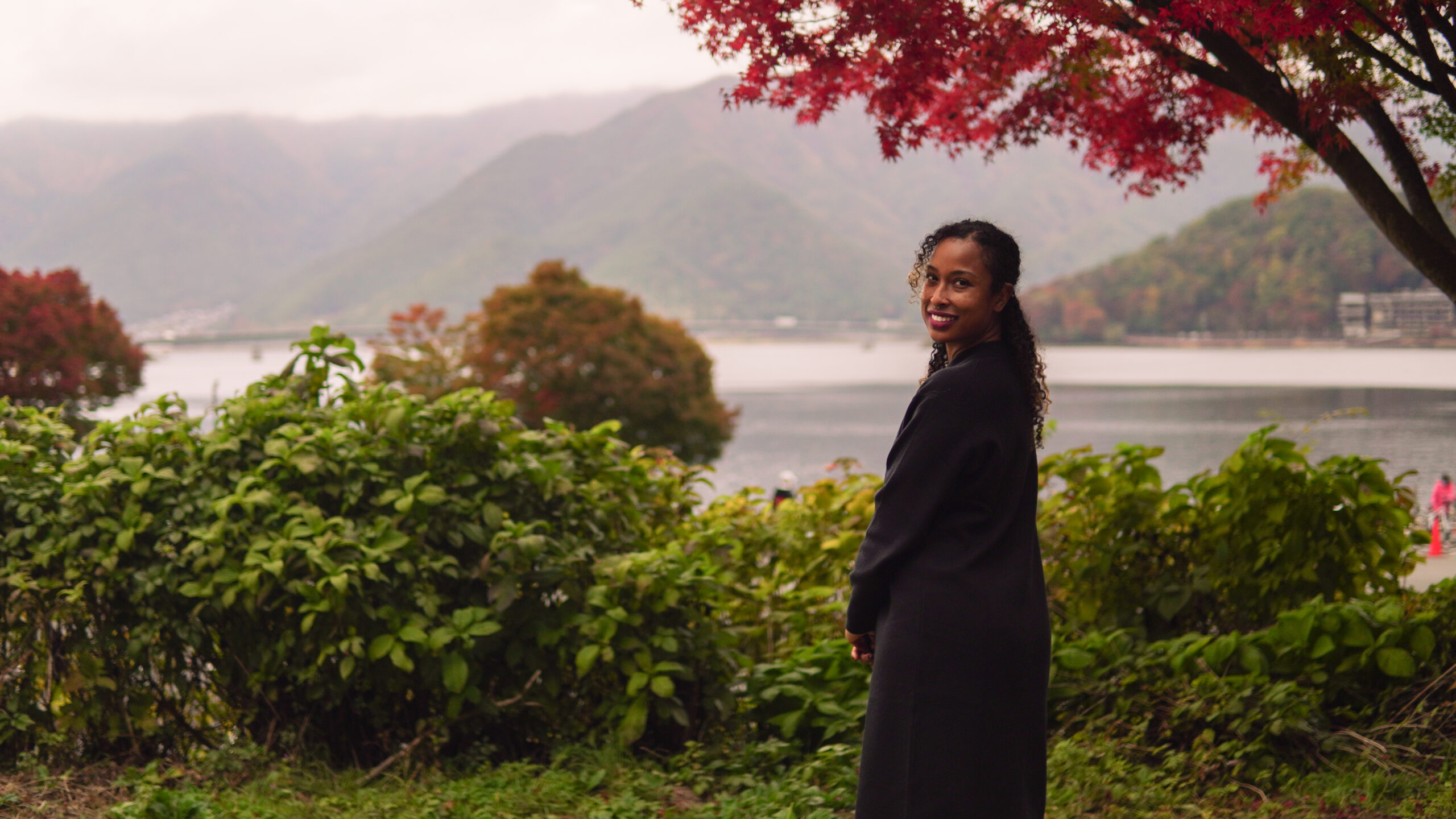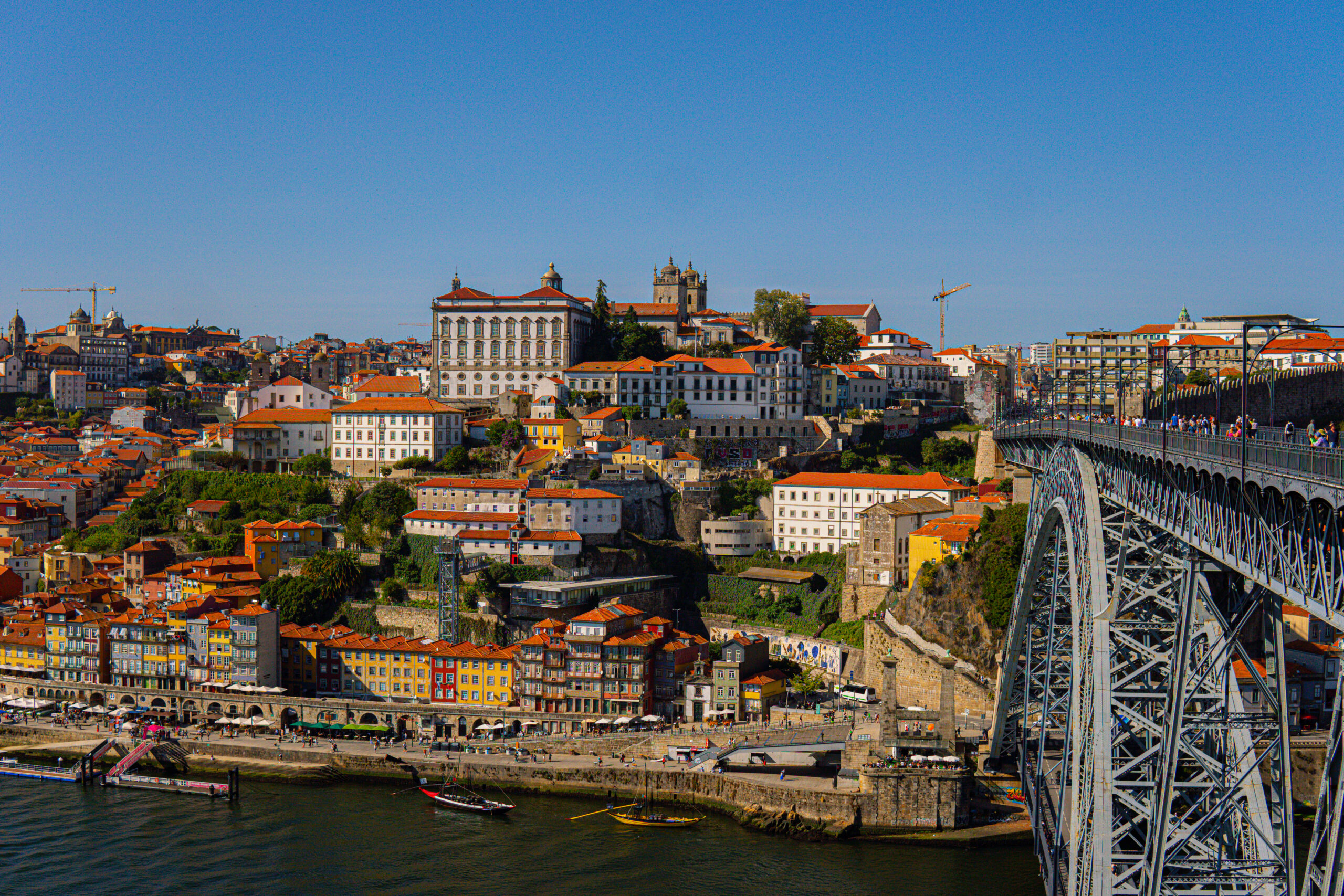Nagoya, located in Aichi Prefecture in the Chubu region, often gets overlooked by travelers rushing between Tokyo, Kyoto, and Osaka on the Tokaido Shinkansen. But it actually has a population of over 2.3 million and is Japan’s fourth largest city. And in my humble opinion, it deserves more love than it gets. If you’re planning a trip to central Japan, this Nagoya Castle Travel Guide will help you make the most of your visit.
If you’re wondering whether Nagoya Castle is worth adding to your Japan itinerary, the short answer is: absolutely yes. Here’s everything you need to know before visiting, from history to highlights to how to get there.
A Brief History of Nagoya Castle
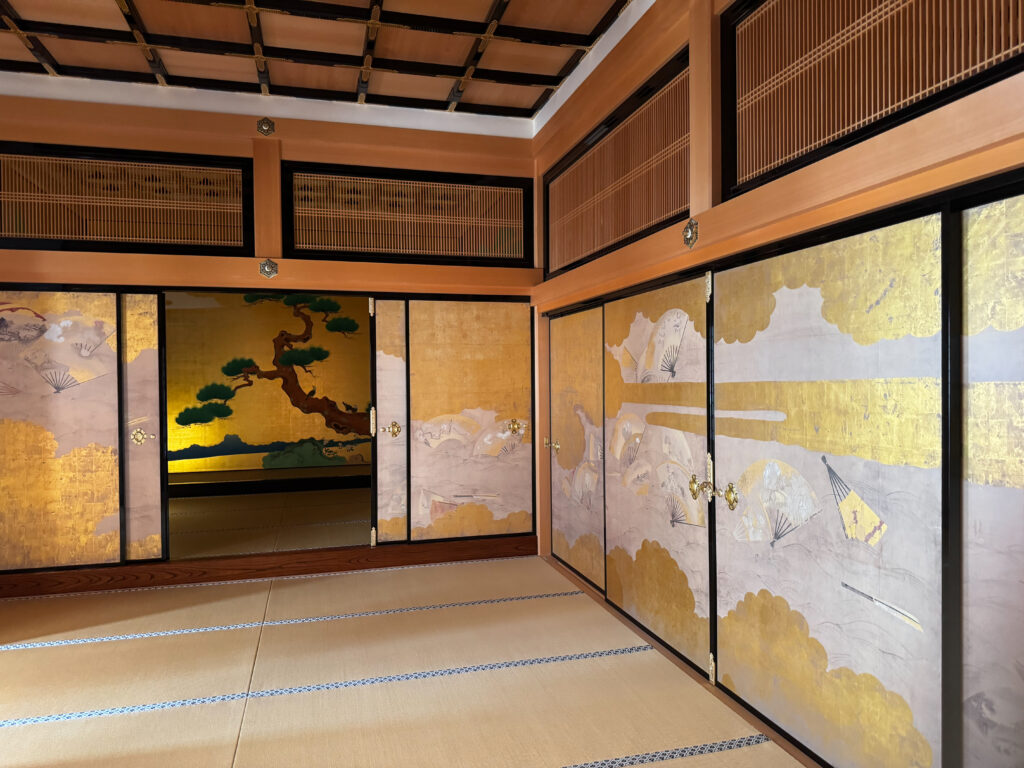
Nagoya Castle was commissioned by Tokugawa Ieyasu (徳川家康, 1543–1616), the first shogun of the Edo period. After years of civil war, he wanted to secure peace and protect Japan’s political center. Construction began in 1610 and wrapped up around 1615. The castle became the seat of the Owari Tokugawa family, one of the most powerful branches of the clan.
For centuries, Nagoya thrived thanks to its strategic location between Edo (modern Tokyo) and Osaka. The region became one of the richest in Japan, with the castle at its heart.
In 1930, Nagoya Castle was designated as Japan’s first National Treasure. Sadly, air raids in World War II destroyed much of it in 1945. But through careful reconstruction, donations, and decades of restoration, the castle grounds have been beautifully revived, most notably with the complete restoration of the stunning Honmaru Palace in 2018. Keep reading to see some photos and get inspired!
Exploring the Castle Grounds

Though expansive, the Nagoya Castle complex is divided into four main areas:
⦾ Nishinomaru Area (西之丸) – The entrance area, home to the Seimon (Main Gate) and the Victorious Kaya Tree, a 600-year-old tree that has survived wars, fires, and air raids.
⦾ Honmaru Area (本丸) – The star of the show. Here you’ll find the Main Keep Tower (Tenshukaku), Honmaru Palace, Southwest and Southeast Corner Towers (Seinan-sumi Yagura and Tounan-sumi Yagura), and souvenir shops.
⦾ Ninomaru Area (二之丸) – This is where you’ll find Ninomaru Garden and the peaceful Ninomaru Tea House.
⦾ Ofukemaru Area (御深井丸) – Featuring the Northwest Corner Watchtower (Seihoku-sumi Yagura) and traditional tea ceremony houses.
Highlights You Can’t Miss

Main Keep Tower (天守閣, Tenshukaku) & Kinshachi (金鯱)
The Main Keep Tower is Nagoya Castle’s most iconic feature, standing tall with its white walls and green roofs. If you look up and very closely, you’ll spot infamous Kinshachi, golden mythical tiger-headed carp that protect the castle and demonstrate the power of Tokugawa Ieyasu and the Owari Tokugawa clan. Each statue is over two meters tall and covered in real gold leaf.
Although the original tower was destroyed in WWII, the reconstructed version (completed in 1959) remains the symbol of Nagoya.
Ninomaru Garden (二之丸庭園) & Ninomaru Tea House (二之丸茶亭)
The Ninomaru Garden is a beautiful spot to slow down. Depending on the season, you’ll see sakura, camellia, momiji (maple leaves) , and ume (plum blossoms). Ninomaru Tea House offers matcha and traditional sweets and it’s just perfect for a little breather after exploring Nagoya Castle.
Honmaru Palace (本丸御殿, Honmaru Goten)
Honmaru Palace is truly breathtaking. Built entirely from cypress wood and reconstructed using traditional Edo-period techniques, it showcases golden sliding doors, intricate wall paintings of animals and seasonal landscapes, and authentic Japanese craftsmanship. It once served as both a residence and a political center for the Owari lords. Walking through it feels like stepping back into the 1600s.
Note: Guides into the palace are only offered in Japanese, shoes must be removed, and they don’t permit tripods or anything similar.

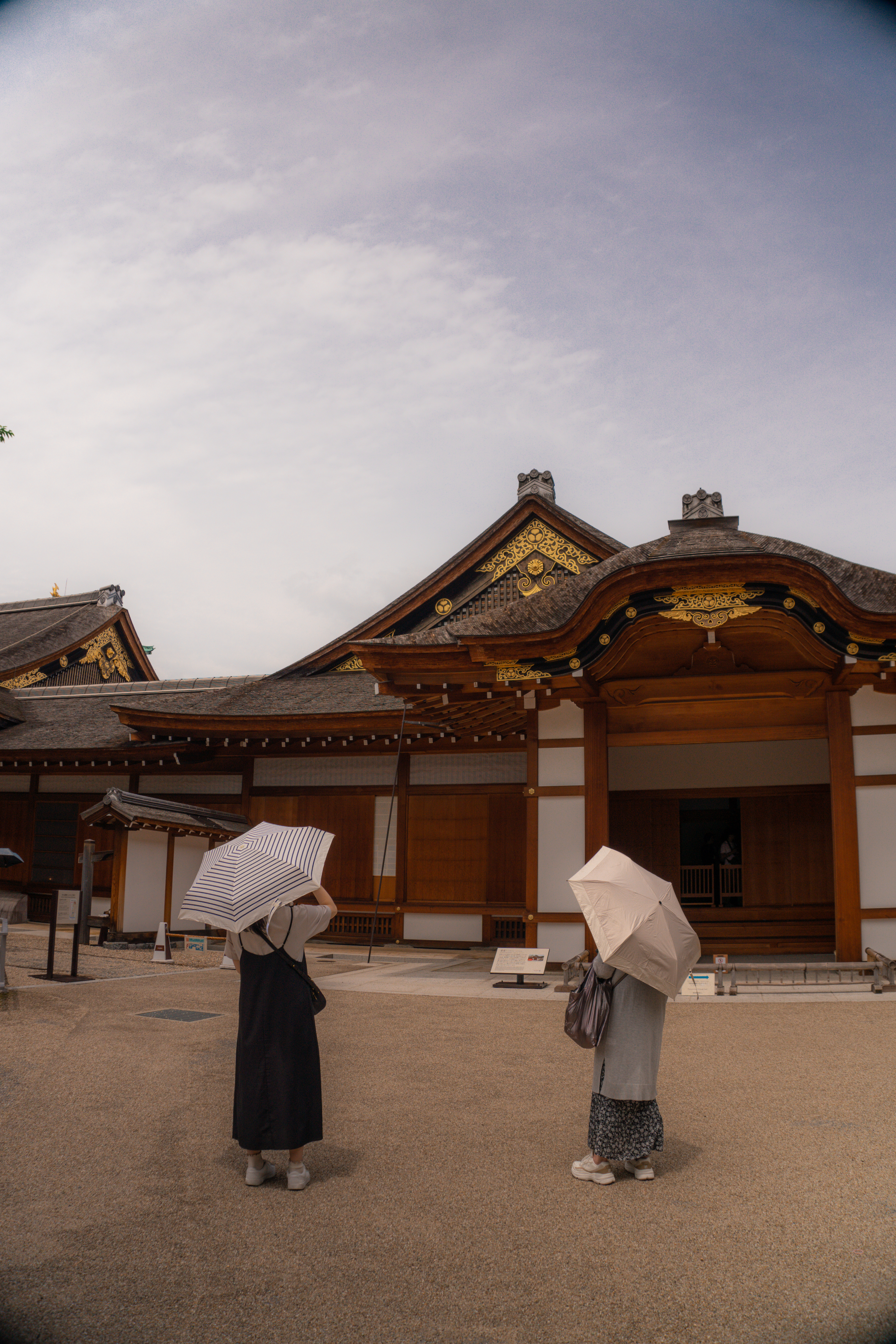
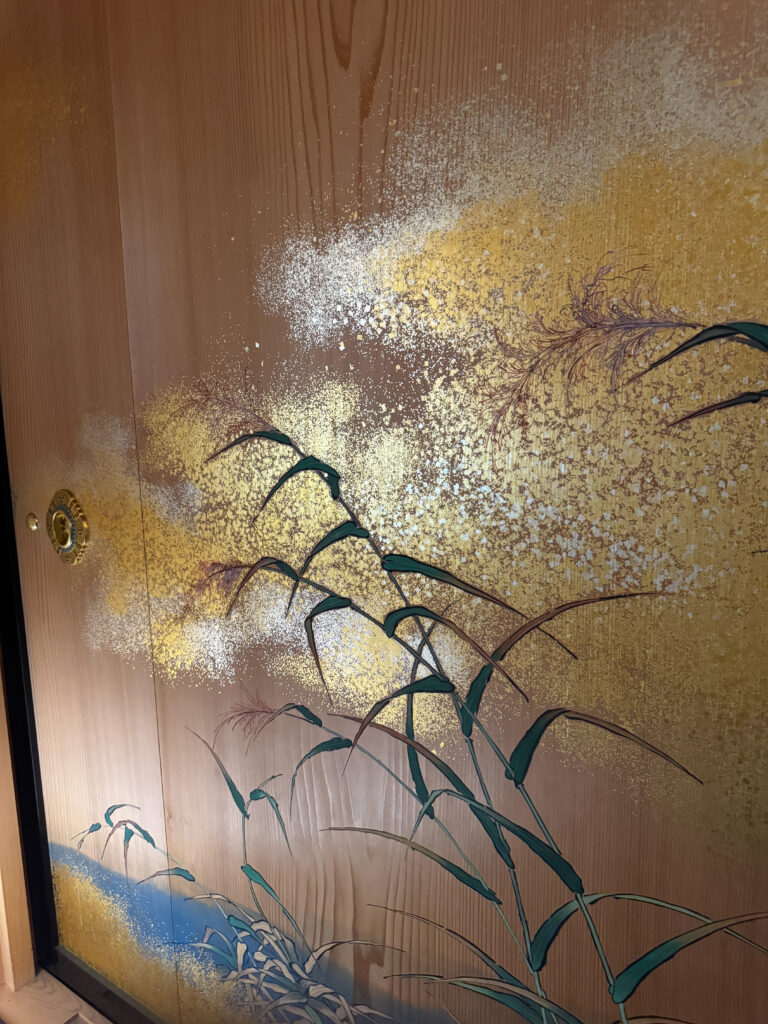




Cultural Events at Nagoya Castle

Nagoya Castle has history written all over it, but it stays alive with seasonal festivals and events:
⦾Nagoya Castle Spring Festival (名古屋城春まつり)
⦾Nagoya Castle Summer Festival (名古屋城夏まつり)
⦾Nagoya Castle Autumn Festival (名古屋城秋まつり)
⦾Nagoya Castle Winter Festival (名古屋城冬まつり)
And if you’re lucky, you might catch Hattori Hanzo and the Ninjas performing martial arts and acrobatics on-site.
How to Get to Nagoya Castle
Nagoya Castle is super easy to access from Nagoya Station. Here’s how to do it:
By Subway: Take the Meijo Line to Nagoyajo Station. The East Gate of the castle is just a short walk away.
By Bus: The Meguru Tourist Loop Bus is another convenient option. It stops at major attractions, including the castle, for just 500 yen a day.
Address: 1-1 Honmaru, Naka Ward, Nagoya, Aichi 460-0031, Japan
Final Thoughts: Is Nagoya Castle Worth Visiting?
100% yes. While Tokyo has its neon, and Kyoto has its temples, Nagoya is a beautiful blend of modern charm and deep historical roots…and Nagoya Castle embodies that perfectly. Between the shimmering Kinshachi, the meticulously restored Honmaru Palace, and the serene tea gardens, you’ll walk away with a richer understanding of Japan’s feudal past.
So, if you’re riding the Shinkansen between Tokyo and Kyoto/Osaka, don’t just pass through Nagoya. Get off, spend a day or two, and let Nagoya Castle remind you why history is best experienced and learned in person.


